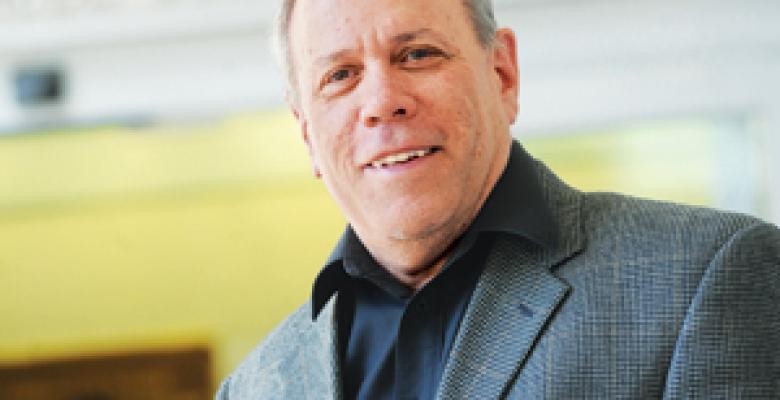Tech Office Brings Faculty Inventions from Lab to Market

What’s the connection among such innovations as the iPod Touch, Blu-ray Disc technology, the cancer drug Erbitux, DirecTV and Adobe Illustrator’s paintbrush options? Each of these products came about to consumers, in part, because of technologies discovered by researchers at Columbia.
The paths of these innovations were smoothed byColumbia Technology Ventures, an arm of the University that helps turn academic research into practical applications. Operating from two offices adjacent to the Morningside and medical center campuses, CTV sifts through some 330 faculty inventions each year, filing patent applications, negotiating licensing agreements and on occasion introducing faculty members to venture capital firms looking to make investments.
“Our mission is to transfer the most technologies possible from the lab to the market, things that benefit society,” said Orin Herskowitz, CTV’s executive director and the University’s vice president of intellectual property and technology transfer. “We also want to support researchers and their research programs, and promote a culture of entrepreneurship here at Columbia.”
Over the past 18 years, the University has seen the launch of 128 startups based on technologies developed at Columbia, companies that created hundreds of jobs in New York City and the surrounding regions. One of them was System Management ARTS (SMARTS), the brainchild of computer science professor Yechiam Yemini, which created automated systems to monitor alarms of computer networks and quickly diagnose their root causes. Started in the early 1990s, the company was sold to EMC Corp. in 2005 for $260 million, by which time “we had created more than 300 jobs, and these were high-end sustainable jobs, the kind of jobs we need now more than ever,” he said. Yemini used the experiences of his four startups to launch his popular “Principles of Innovation & Entrepreneurship” course, which aims to educate next generation entrepreneurs.
Another example of a hybrid faculty/entrepreneur is Richard A. Friesner, a professor of chemistry and director of the Columbia Center for Biomolecular Simulation, who co-founded Schrödinger, a software firm based partially on Friesner’s Columbia research using computers to design drugs for pharmaceutical and biotechnology. Founded in 1990, the firm has grown into a multi-national company with 10 locations, although New York City remains one of its largest offices.
Since joining Columbia in 2006, Herskowitz, a former management consultant with the Boston Consulting Group, has used his skills from that job to broaden the office’s scope. CTV now has more than 40 employees—lawyers who manage the patenting of the most promising inventions; licensing officers who identify commercial partners and negotiate licenses; and a Venture Lab to nurture and support campus start-ups. “Entrepreneur office hours” are available for those seeking guidance on where to start, and CTV puts on more than a dozen campus conferences each year that focus on intellectual property and entrepreneurship.
“I meet with faculty and students who have ideas and help them flesh those out, write business plans and generally act as a mentor,” said one of two entrepreneurs-in-residence attached to CTV, David Murphy, a former management consultant who later ran Hewlett-Packard’s printing software business and has overseen the merger or acquisition of 20 small technology companies. “Some of them have terrific ideas, but need guidance on how to proceed from there.”
Columbia’s technology transfer office was created in 1982, two years after the Bayh-Dole Act gave universities the right to patent and commercialize federally-funded inventions. Most universities broadened that mandate to encompass any invention made with university resources. Today, the University holds some 1,700 patents and Columbia Technology Ventures is one of the most successful technology transfer offices in higher education.
For each of the past 10 years, Columbia has been in the top two or three universities in the country for intellectual property licensing revenues, with roughly $80M of net income annually going to the University and the Columbia inventors.” The bulk of that comes from four particularly successful inventions, three of which were developed into therapies for major diseases, the fourth an algorithm used in audio/visual compression. Money from the licensing revenue is split among the inventors, their laboratories, school and the University.
CTV also focuses significant energy on trying to foster an entrepreneurial ecosystem within Columbia more broadly. For instance, the office works with a network of about 35 graduate student fellows from across the scientific disciplines, training them in commercial assessment, patentability analyses, business plan writing and other related skills.
Columbia doesn’t direct the researchers to look into particular technologies. “They decide what research is the most interesting and valuable from a scientific perspective,” Herskowitz said. “We want to help turn Columbia research into new products, companies, jobs and, ultimately, something with economic and social value.”